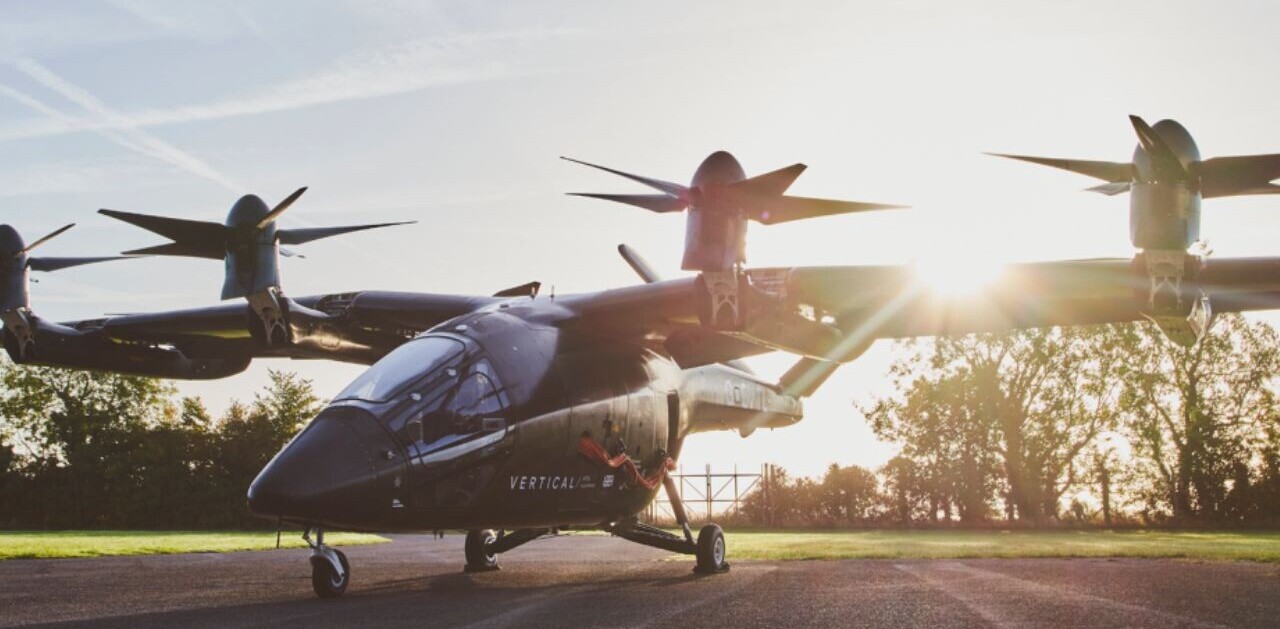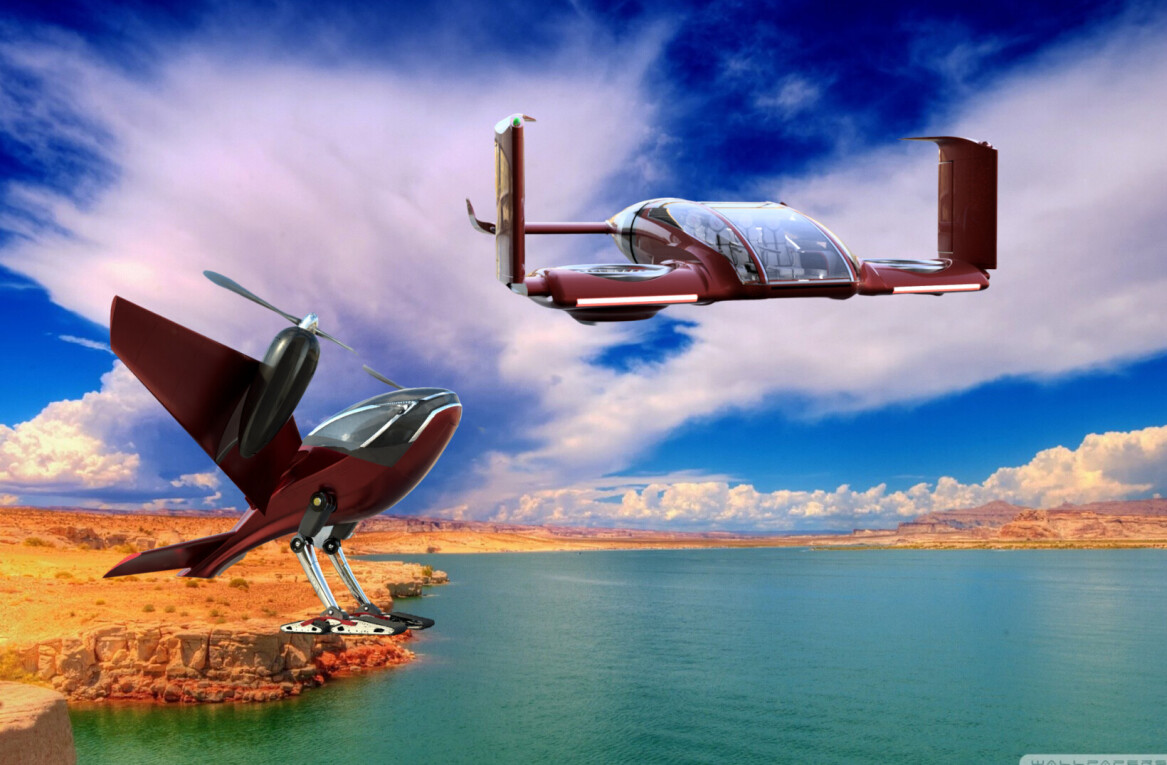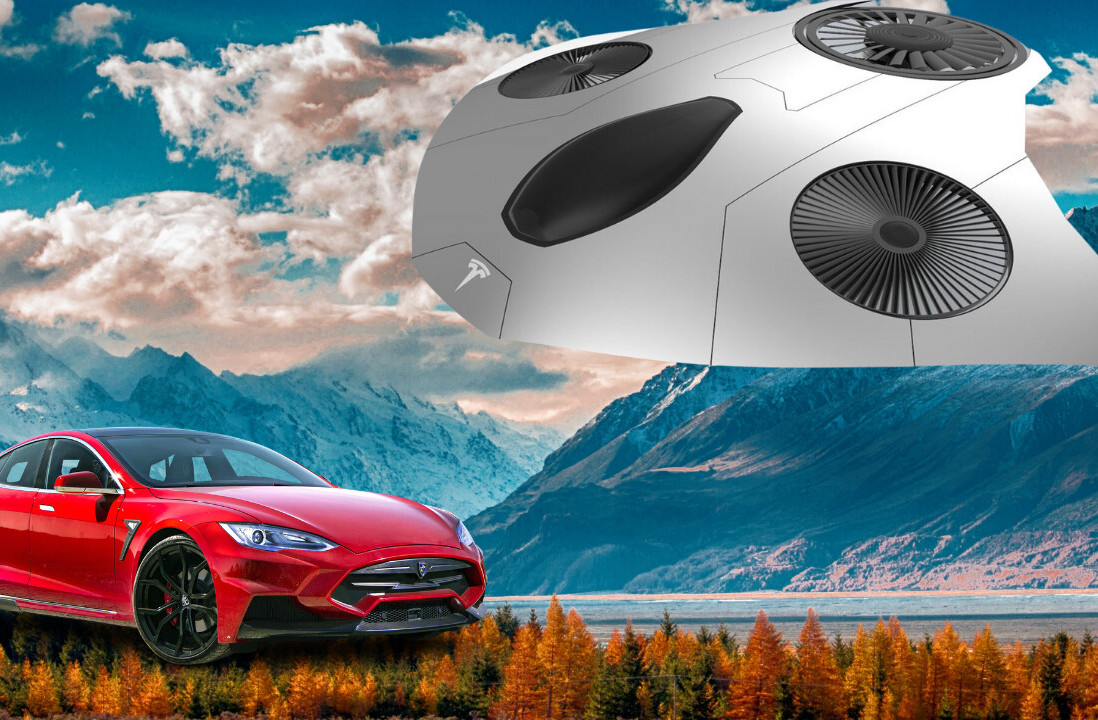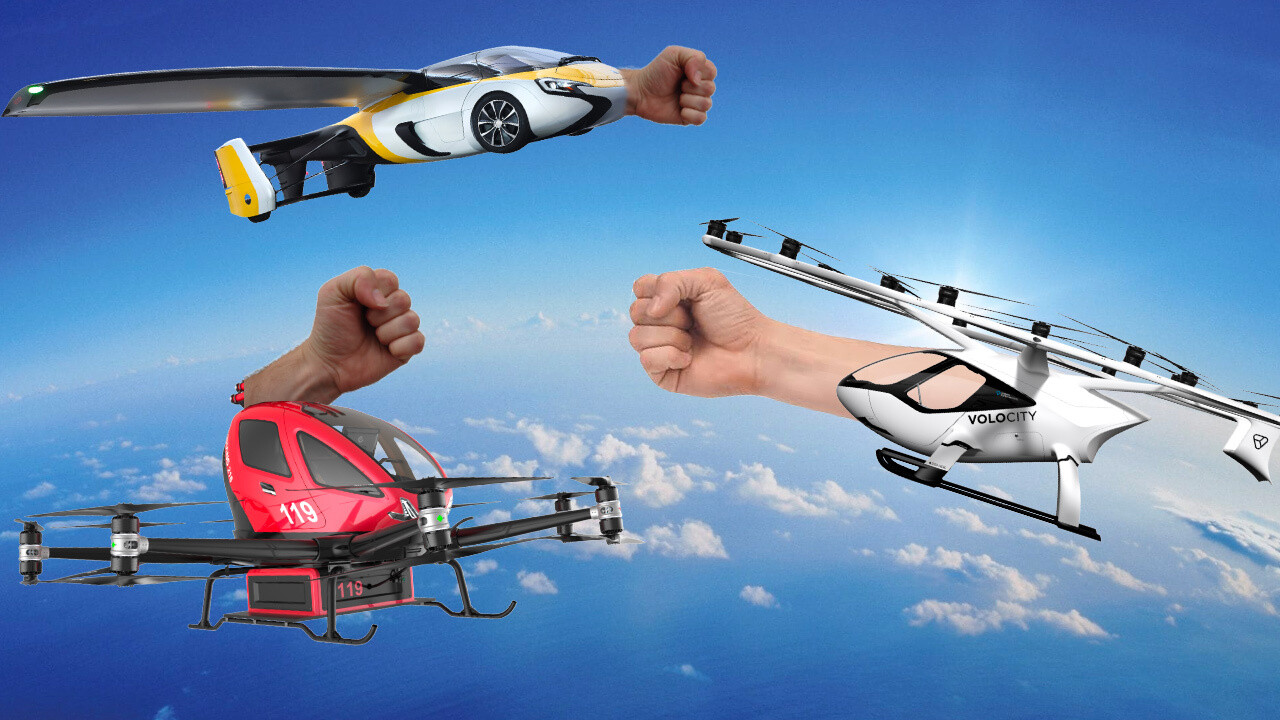
Did you know SHIFT is taking the stage this fall? Together with an amazing line-up of experts, we will explore the future of mobility during TNW Conference 2021. Secure your ticket now!
Since EHang unveiled what it claimed to be the very first drone capable of flying a person at the Consumer Electronics Show (CES) in 2016, there’s been a huge interest in air taxis, passenger drones, and eVTOL (electric vertical take-off and landing) aircraft.
So I’ve decided to look at the main players in this exciting space, to explore their progress, and their USP.
EHang (China)
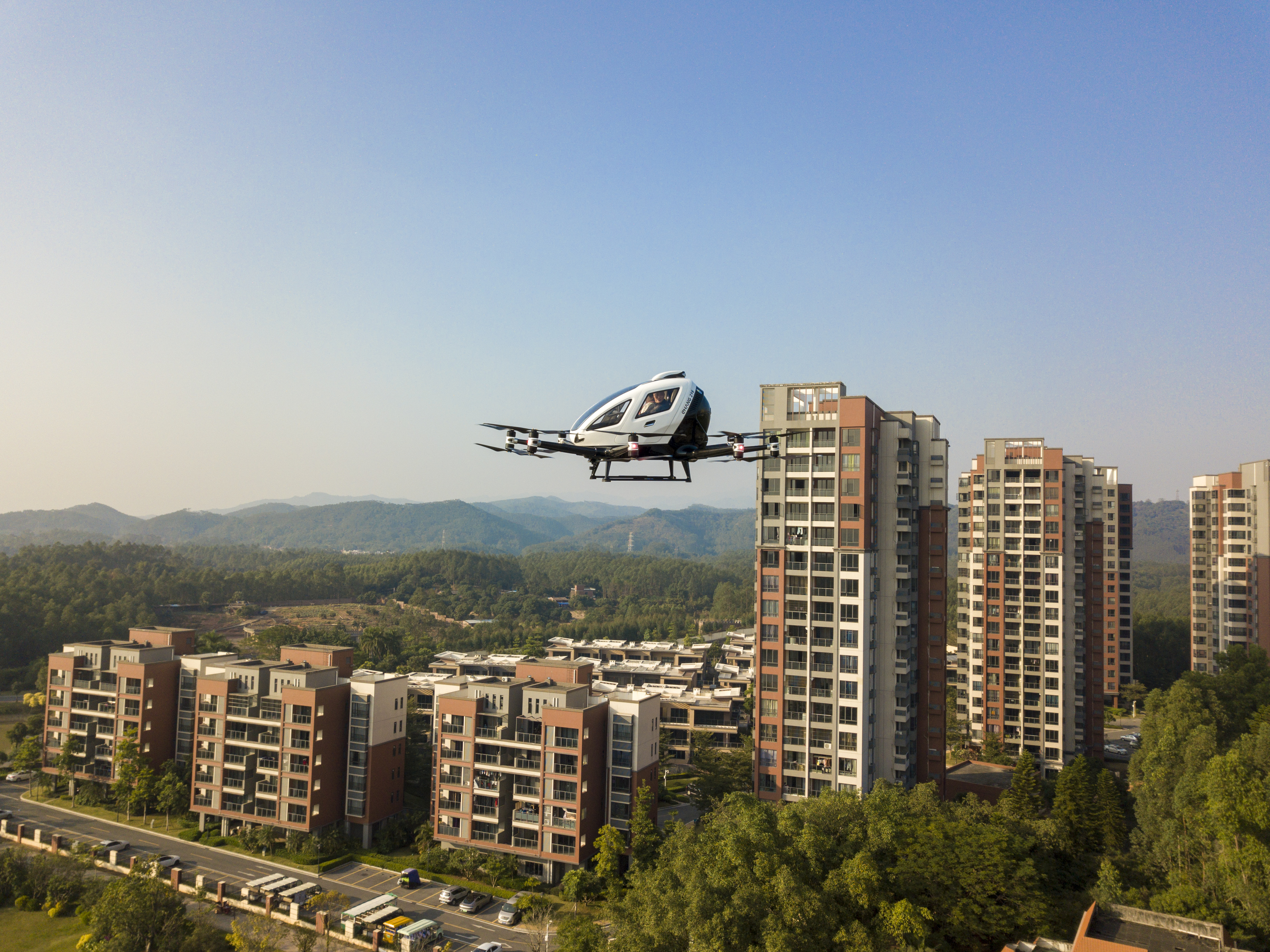
EHang’s has been hard at work to create a commercially viable autonomous eVTOL.
Their aircraft appears largely ready to go, but there’s not all that much technical knowledge available. What we do know is that EHang’s aircraft charges from 220V or 380V power supply in an hour — really slow compared to its competitors.
The company has flown their autonomous aircraft across three cities in South Korea in 2020, where it used sacks of rice to simulate passengers. They have also participated in high-rise fire fighting drills and completed pilot cargo flights in Estonia earlier this month.
They’ve announced the launch of their first unstaffed tourist flights in Zhaoqing, China, for 2021.
EHang has also started production at a new facility in Yunfu city, China.

Time to market: Unknown, but I suspect we’ll see something in the next three years.
Funding: $92 million
Verdict: Even if EHang flew in China only, they’d have enough business to thrive. They have a highly compelling product and great marketing, although there are a few logistical challenges. For example, the slow battery charge is a downside — hopefully, they have plans to scale to a swappable battery.
Aeromobil (Slovakia)
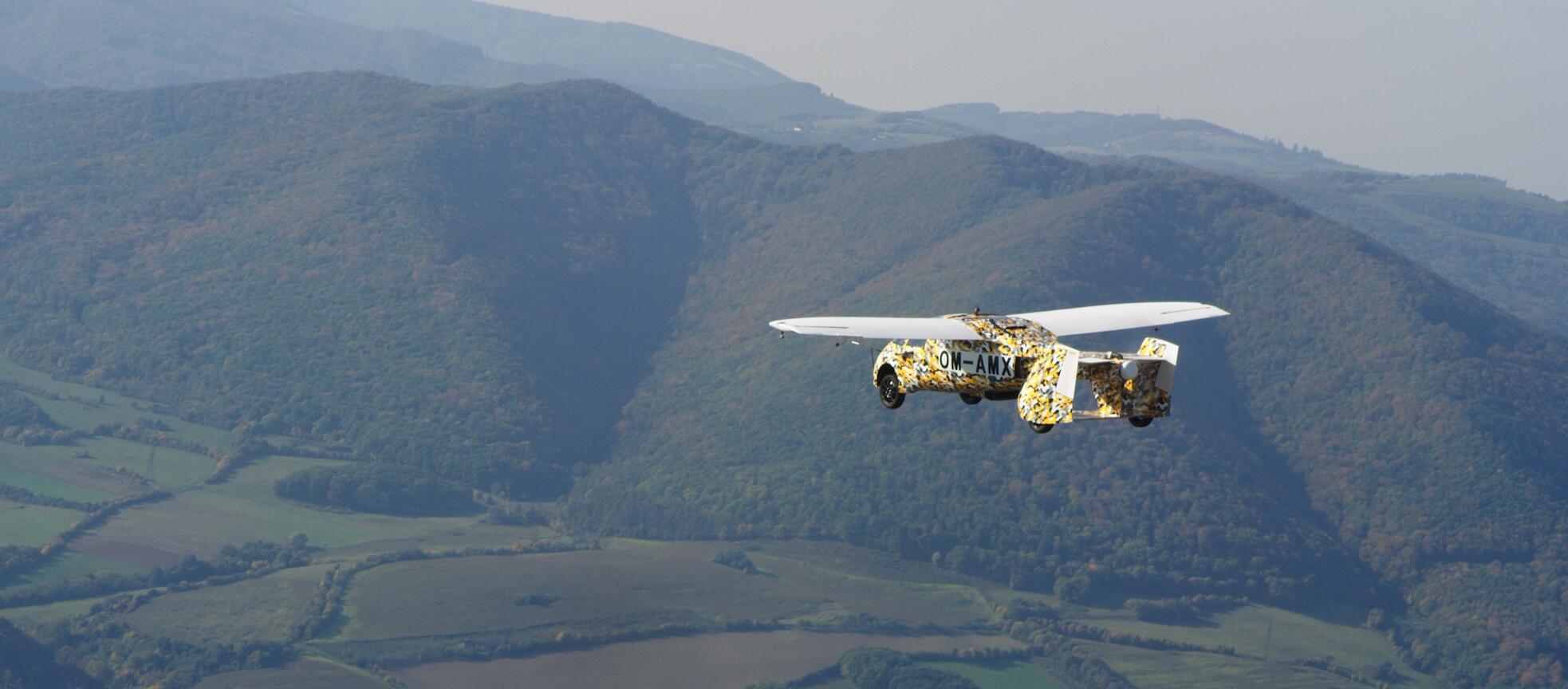
Aeromobil has created what most of us traditionally envision when we think of a flying taxi – a vehicle that’s a car and plane combined and looks like something out of a James Bond movie. Yep, you get to fly a car!
In 2010, the company became a reality, and it has since completed flight testing of three functional prototypes (including two and four-seaters and eVTOL aircraft) with the firm’s first flight in 2014.
Its latest version includes over 300,000 hours of engineering.
AeroMobil achieved key flight testing targets in March this year for its two-seater 4.0 flying car. It delivers a flying range of up to 740 km and a driving range of up to 1000 km.
However, the aircar is not exactly green. It is powered by a hybrid propulsion system with a turbocharged internal combustion engine — yep, not that different from a car.
Time to market:
- Two-seater: 2023
- Four-seater: 2025
Funding: $31.7 million
Verdict: This is one of the most accessible aircraft with the apparent benefits of parking. However, its environmental benefits aren’t great — I’m waiting to see the eVTOL, which is yet to be revealed.
Volocopter (Germany)
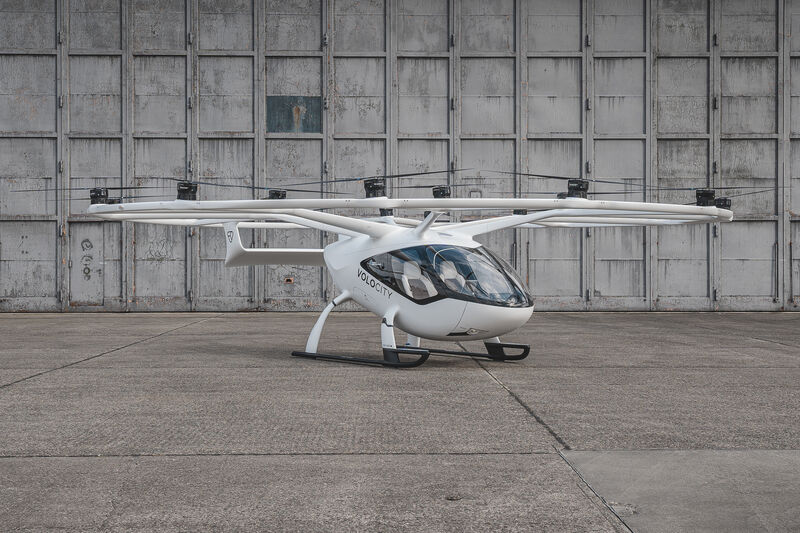
Volocopter is developing the fully electric eVTOL aircraft. Called the Volocopter VoloCity, it’s designed for two seats and hand luggage. It flies with nine rechargeable batteries powering 18 motors.
The company began in 2011 and piloted their first 90-second eVOTL that year. Since then, they’ve completed over 1000 test flights.
Technicians can supply the aircraft with a newly maintained and charged battery shortly after landing. Aircraft are ready for take-off again in a matter of minutes. They can fly with range of 35km and at a speed of 35km/h.
Volocopter is also working on a four-seater option. Plus, an electric utility drone called “VoloDrone” is currently under development. It can carry 200kg for 40km. The VoloDrone demonstrator performed its first flight in October 2019.
Apart from that, Volocopter is constructing a VoloPort (landing and launch pad) prototype in Singapore with interest in routes in Singapore and Paris.
Additionally, Volocopter recently partnered with Urban Movement Labs (UML) to explore potential routes in Los Angel.
Optimistically, Volocopter opened a thousand $352 tickets to the public in 2020 for a 10% deposit reservation. Predictably, they sold out, the fine print stipulating a maximum passenger weight of 85kg — put down that chocolate bar!
Time to market: 2022-4
Funding: $369.2 million
Verdict: Volocopter is a true innovator. After so many years in stealth mode, the company must have been fuming at EHang’s 2016 CES announcement. I think they’re wise to be focused on freight — assuming they can scale their efforts. The fast battery swapover is a strong selling point.
Lilium (Germany)
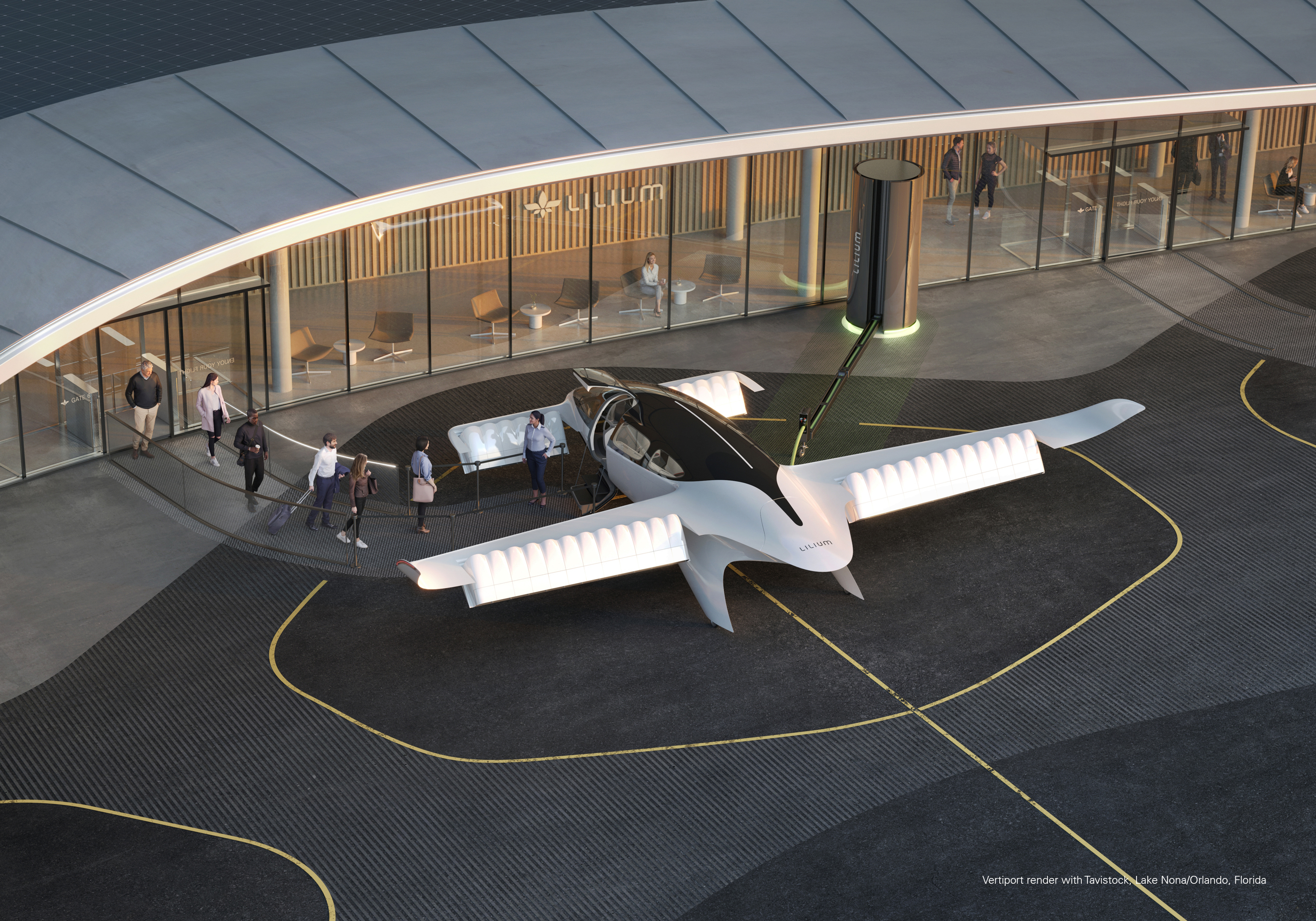
Lilium was founded in 2015. Their creation is the eVOTL five-seater Lilium jet. Until now, it’s capable of journeys of up to 250km in one hour on a single charge (far above its competitors).
Among its competitive advantages is its design: two sets of wings translate into a higher efficiency than rotors. The company is also creating a seven-seat version capable of faster, longer flights.
Lilium has an agreement with Köln Bonn Airport and Düsseldorf Airport and is sourcing pilots and training through Lufthansa Aviation Training.
Time to market: 2024 operating in multiple regions in 2025
Funding: $374 million
Verdict: Their innovative design is impressive, and the company’s partnerships mean great access to the European market.
Kitty Hawk (USA)
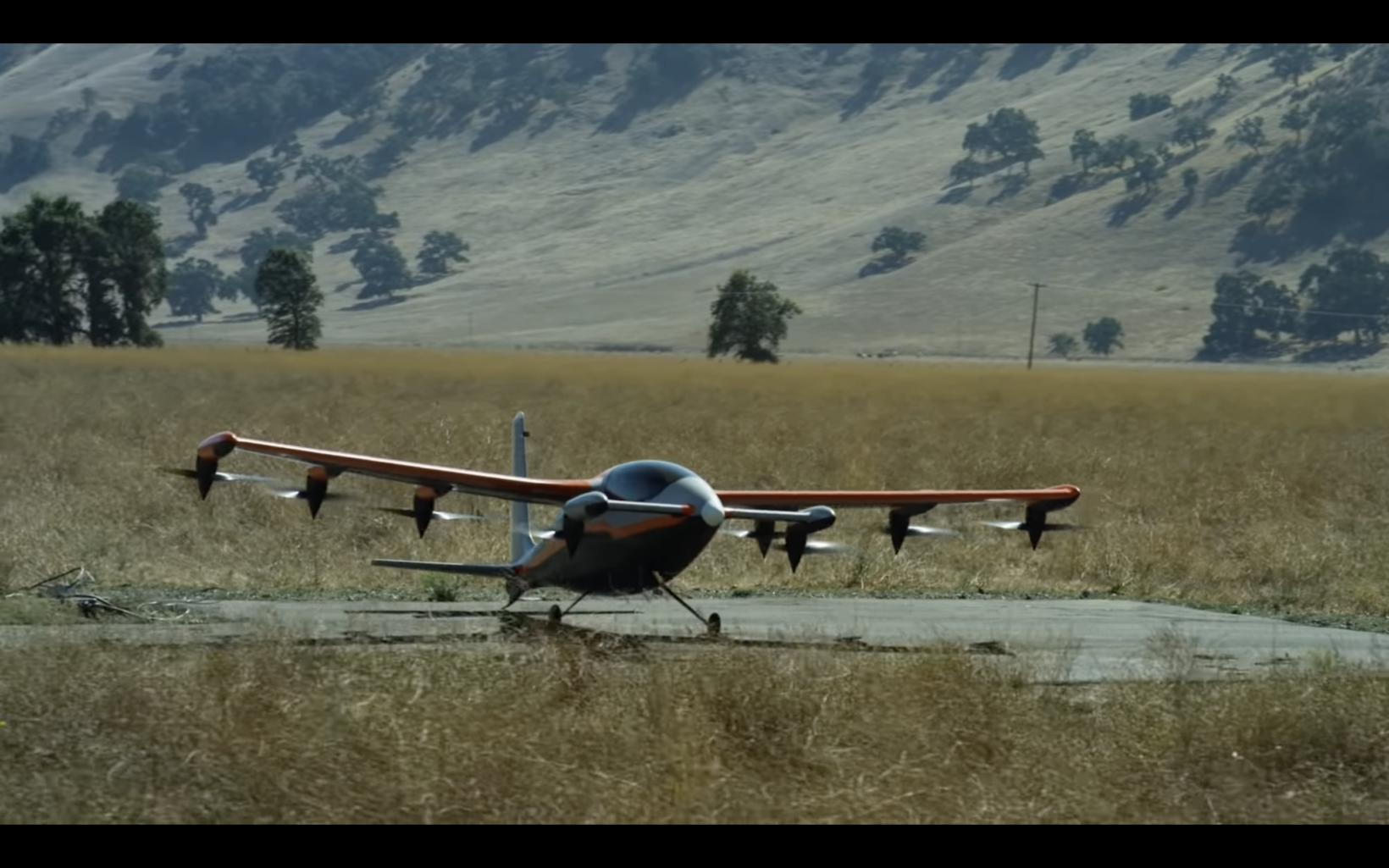
Kitty Hawk is one of the strangest flying vehicles. It launched in 2015 with an aircraft called Flyer, which required no license and only minutes to learn to fly. The company shared last year that they were winding down the Flyer after five years, explaining:
More than 75 people flew Flyer. We proved to ourselves that people could safely operate Flyer — and become a pilot — with less than two hours of training. On a single day, we trained 50 new novice Flyer pilots without aviation licenses. Overall, we conducted over 25,000 successful flights with our Flyer fleet. And most importantly, those who flew Flyer thought the experience was “magical.” The feeling of being inside a human drone is hard to describe. For those of us who flew it, it has changed our perspective on the power of flying forever.
What a vision!
Today Kitty Hawk focuses on its other creation, the one-person Heaviside plane, which has a range of 160km with speeds of up to 260km/h. Heaviside uses less than half the energy per kilometer of travel than a Tesla Model S at faster speeds. Further, it can take off and land in a 9-meter x 9-meter unpaved area.
Time to market: Unknown, but keep an eye out for an acquistion
Funding: $1 million
Verdict: It would be easy to dismiss Kitty Hawk, but there are definitely military applications that make them ripe for acquisition. In July, the company announced airworthiness approval by the US Air Force. With this award, the Heaviside aircraft can enter its next phase of flight testing under the Air Force direction. This gives them a lot of infrastructure not available to its competitors.
If you cheer for the underdog, this is the company to watch. Would I fly one? Fuck, yes.
Joby Aviation (USA)

Joby Aviation was founded in 2009 and has largely operated in stealth. What we do know is that they’ve created a full-sized five-seat aircraft with six tilting rotors and a V-shaped double tail. According to Joby, it flies at up to 322km/h at a 240km range per battery charge.
They’ve been in development with NASA for ten years, and in 2020, Joby became the first eVTOL company to receive airworthiness approval from the US Air Force. This provides access to government testing facilities.
In the same year, they acquired Uber’s Elevate division, giving them a huge rideshare advantage.
Time to market: 2024
Funding: $1.6 billion
Verdict: Ok, we don’t know all that much about the aircraft, but they have the most (publicly disclosed funds) and access to NASA and US Air Force R&D. Their purchase of Elevate gives them a plan for infrastructure
Archer (US)
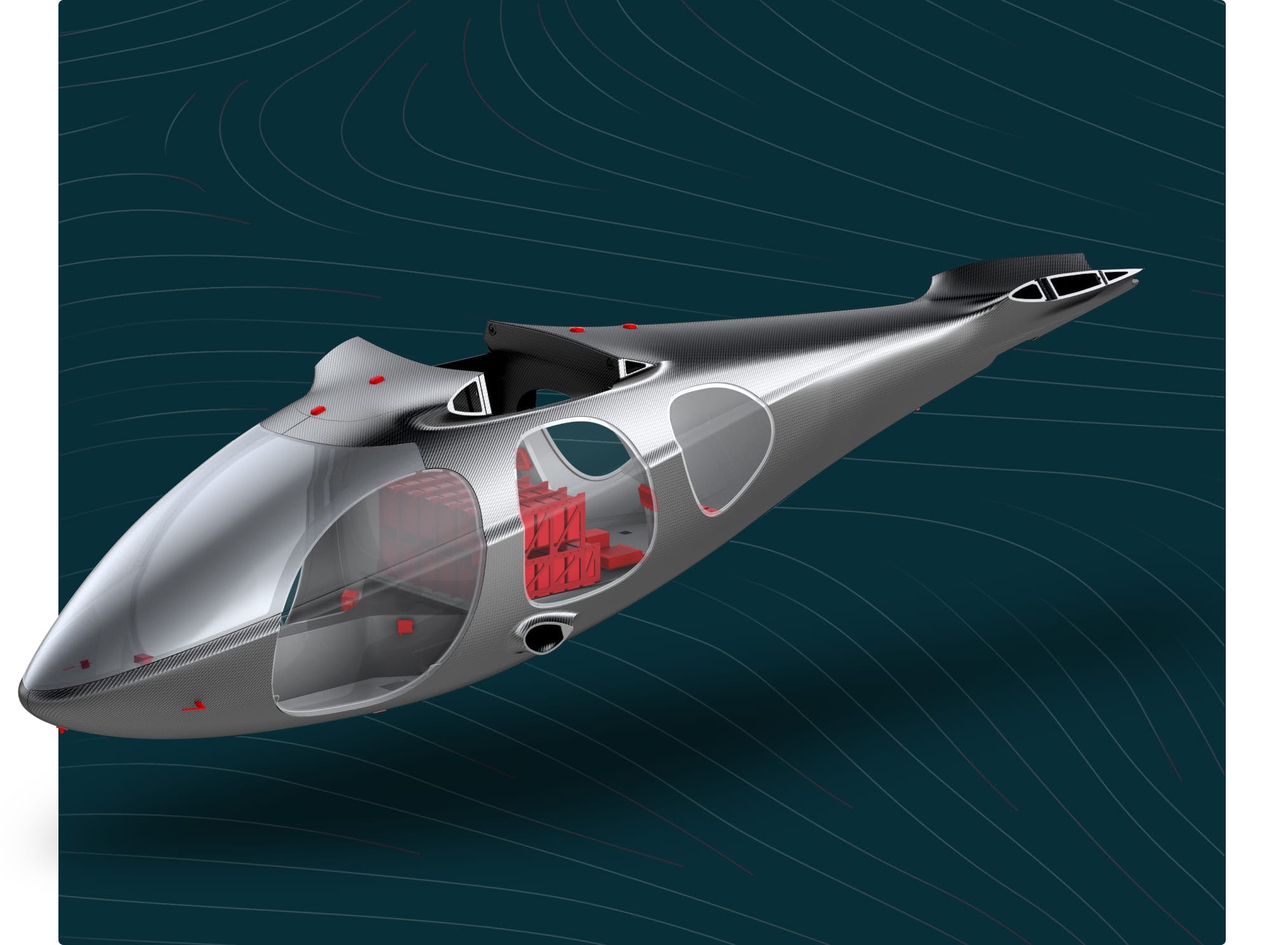
We know little about Archer. However, they’re building a two-seater autonomous eVTOL aircraft designed for a 96km range at a speed of up to 240km/h. Their focus is short-haul journeys — their partnership with United Airlines makes ferrying people between cities and airports a likely goal.
The company recently partnered with an operator of thousands of parking garages with an expansive network that covers more than 70% of the US.
Time to market: 2024 for US consumer operations
Funding: $55.7 million
Verdict: Archer is a company where I’d like to learn more. Short-haul trips arguably offer the least value for your buck for passengers, so I’d be interested to see how they could successfully scale.
Auto OEMs are snapping at the heels of tomorrow’s aircraft
While I’ve detailed some of the key players in the race for aerial vehicles, plenty of auto OEMs have a big interest in eVTOL and autonomous aircraft. 2019 saw Aston Martin, release a “vision concept.” Boeing created a prototype that we haven’t heard much about since it crashed on its fifth flight in 2019.
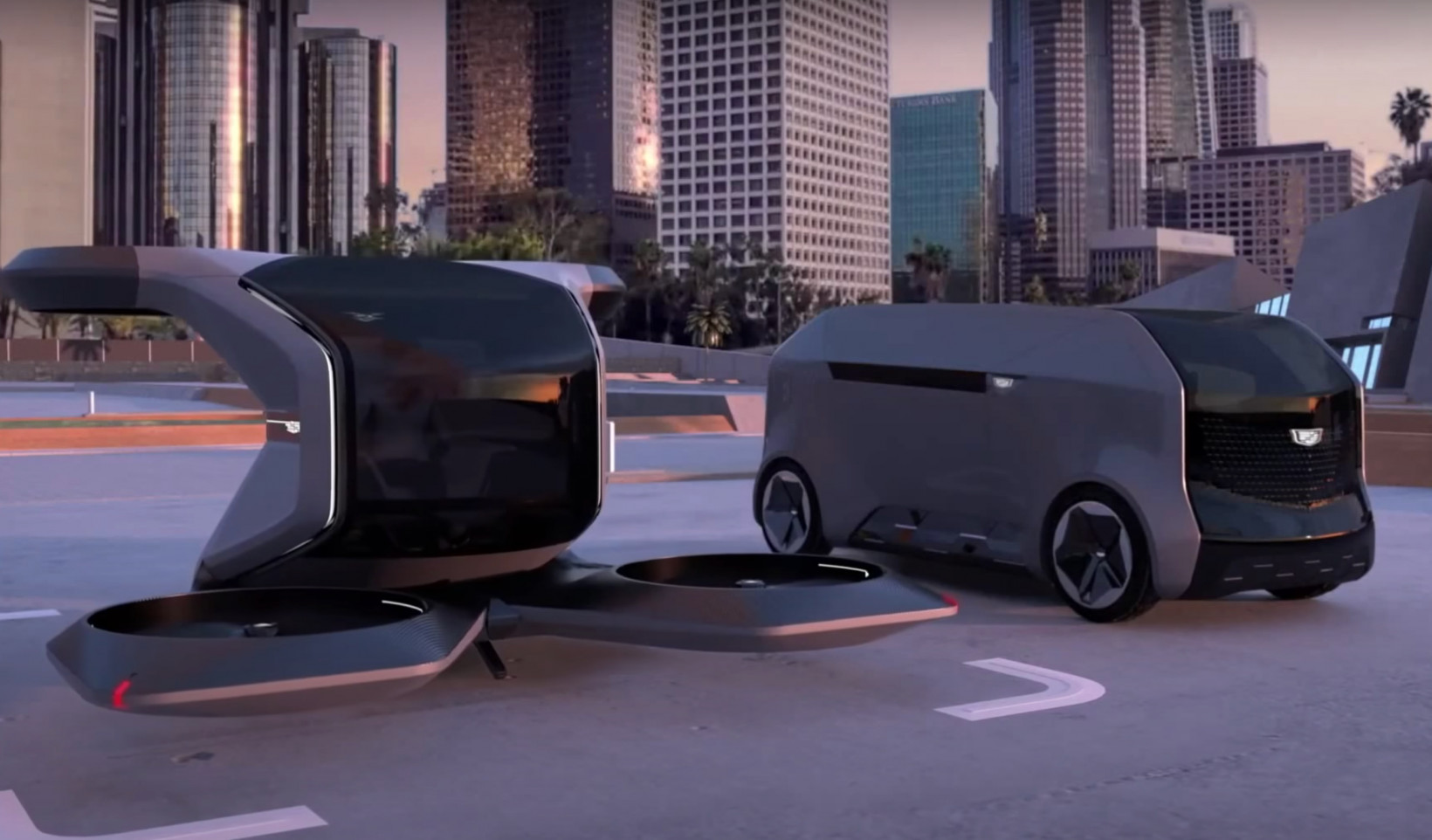
General Motors released a video of a single-passenger eVTOL drone at CES 2020 under the Cadillac brand. It claims to be fully autonomous, powered by a 90W motor, a GM Ultium battery pack, and four pairs of rotors. That’s about all we know, though.
Hyundai had a partnership to develop Uber Air Taxis, but their involvement is questionable as the company sold off its flying taxi service to Joby later that year.
Let’s face it, at worst, a big fancy prototype (or with even less effort a video simulation) impresses your competitors. At best, we’ll see skills and technical knowledge converge speed up innovation?
So who’s winning the race?
I’m placing my bets on Joby. They have the most money (excluding recently SPACs by Lilium and Archer). The NASA and US airforce involvement gives them access to a vast amount of R&D and skilled professionals. Also, Uber Elevate may prove to be hugely beneficial.
But at any rate, I would say the start dates of 2023-24 are wildly optimistic due to COVID factory lockdowns and the corresponding supply chain and materials shortages. The first ‘passengers’ will, I believe, be limited to trained pilots, and aircraft will not be autonomous — at best, it will have some remote control and autonomous functions. But before this is possible, the companies need to iron out the infrastructure, the legalities, and convince the public of their safety.
Do EVs excite your electrons? Do ebikes get your wheels spinning? Do self-driving cars get you all charged up?
Then you need the weekly SHIFT newsletter in your life. Click here to sign up.
Get the TNW newsletter
Get the most important tech news in your inbox each week.

